HTV vs DTF: Which Printing Method Is Right for You? 🎨
When it comes to customizing apparel, HTV and DTF is a common question for hobbyists and business owners alike. Both methods allow for vibrant, personalized designs, but they have different strengths, applications, and costs. Understanding the differences will help you choose the right printing method for your project.
What Is Direct-to-Film Printing? 🖨️
Direct-to-Film printing is a digital method that prints designs directly onto a special transfer film. A heat press is then used to transfer the design onto fabric. This method is ideal for:
-
Full-color, intricate designs with gradients or images
-
Small or large production runs
-
Various fabric types, including cotton, polyester, blends, and more
This printing technique allows for vibrant, long-lasting prints with excellent detail and durability. It doesn’t require layering multiple colors, making it faster for complex designs.
Comparing HTV and Direct-to-Film Printing 🔍
1. Design Complexity 🎨
HTV works best for simple, bold designs. Detailed images or photographs may be challenging because each color needs a separate vinyl layer.
Direct-to-Film printing excels with complex designs, gradients, and photographs. It captures every detail, making it ideal for designs requiring precision and color blending.
2. Fabric Compatibility 👕
HTV adheres well to cotton, polyester, and blends, but it may struggle on textured fabrics.
Direct-to-Film printing works on almost any fabric type, as well as some hard surfaces. It is excellent for t-shirts, hoodies, bags, and more.
3. Durability and Longevity 🧵
HTV offers excellent durability, especially for simple designs. It resists fading and cracking with proper care.
Direct-to-Film prints are highly durable too. They withstand multiple washes without losing vibrancy or peeling, making them ideal for commercial applications.
4. Application Time ⏱️
HTV can be slower for multi-color designs because each layer requires pressing.
Direct-to-Film printing is faster for complex prints since all colors are printed at once on the transfer film and applied in a single step.
5. Cost Considerations 💰
HTV requires vinyl sheets and a cutting machine. Costs can add up for multi-layer designs.
Direct-to-Film printing requires a printer, transfer films, and adhesive powder. While the initial investment is higher, it reduces labor time and is more cost-effective for large or complex runs.
Advantages of Each Method ✅
HTV Advantages
-
Precision for text and geometric shapes
-
High durability for simple designs
-
Easy to cut and apply for small-scale projects
Direct-to-Film Advantages
-
Full-color, intricate designs
-
Works on a variety of fabrics and items
-
Faster application for multi-color designs
-
Long-lasting, vibrant prints
How to Choose Between HTV and Direct-to-Film 🎯
-
Choose HTV if your design is simple, has few colors, and you prefer a low-cost starter setup.
-
Choose Direct-to-Film printing if your design is full-color, highly detailed, or you need to print multiple items quickly.
For businesses, direct-to-film printing offers scalability and speed, while HTV is excellent for small batches or hobby projects.
Tools and Materials Needed 🛠️
-
For HTV: Vinyl cutter, heat press, HTV sheets, weeding tools
-
For Direct-to-Film: Printer, transfer films, adhesive powder, heat press
Where to Get Supplies 🔗
You can explore high-quality printers, films, and accessories at DTF Print House. For more about printing technologies, visit Wikipedia. HTV and DTF
Conclusion 🌟
Both DTF vs HTV for apparel have their unique benefits, making each suitable for different types of projects. Choosing between HTV and DTF depends on factors like design complexity, material choice, budget, and production volume. HTV is perfect for simple, bold designs that require durability and long-lasting wear. It works well on fabrics like cotton, polyester, and blends, and is ideal for small runs or personalized items. On the other hand, DTF excels at producing full-color, intricate designs with fine details and vibrant colors. It is versatile, allowing application on a wide range of fabrics and even hard surfaces, making it perfect for promotional items, custom apparel, and creative projects. By understanding these differences and the strengths of each method, you can select the right printing technique for your project, ensuring professional, high-quality, and visually striking results every time.
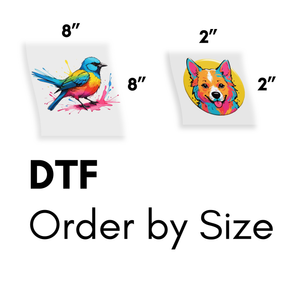
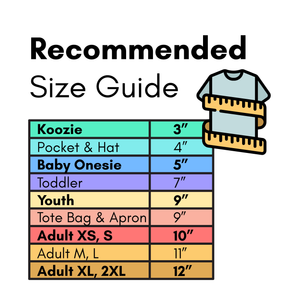 Vendor:DTF Print House
Vendor:DTF Print House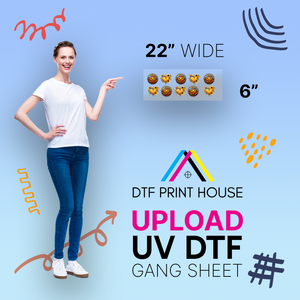
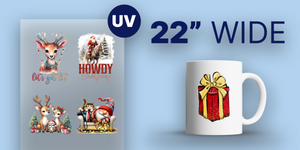 Vendor:DTF Print House
Vendor:DTF Print House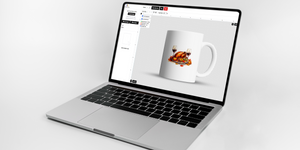 Vendor:DTF Print House
Vendor:DTF Print House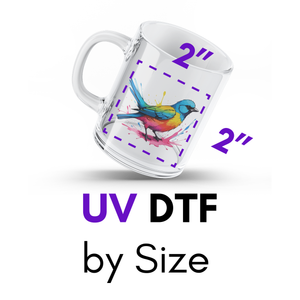 Vendor:DTF Print House
Vendor:DTF Print House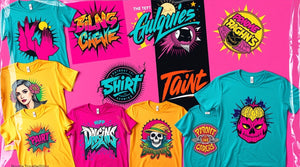 Vendor:DTF Print House
Vendor:DTF Print House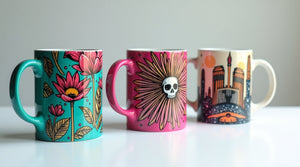 Vendor:DTF Print House
Vendor:DTF Print House






